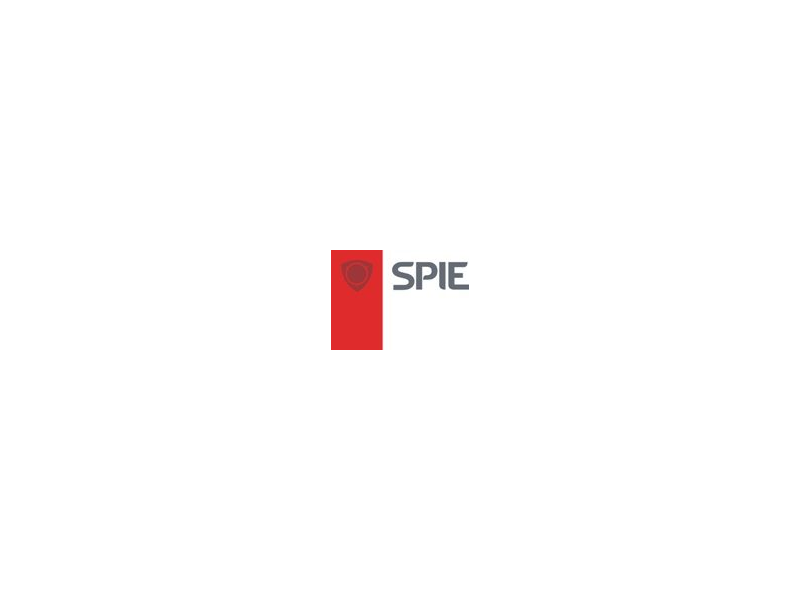
[free_download_btn]
A. Sgattoni, T. Ceccotti, V. Floquet, A. Bigongiari, M. Raynaud, C. Riconda, F. Baffigi, L. Labate, L. A. Gizzi, L. Vassura, J. Fuchs, O. Klimo, M. Kveton, F. Novotny, M. Possolt, J. Prokupek, J. Proska, J. Psikal, L. Stolcova, A. Velyhan, M. Bougeard, P. Martin, I. Prencipe, A. Zani, D. Dellasega, A. Macchi, M. Passoni
Proceedings of SPIE: LASER ACCELERATION OF ELECTRONS, PROTONS, AND IONS II; AND MEDICAL APPLICATIONS OF LASER-GENERATED BEAMS OF PARTICLES II; AND HARNESSING RELATIVISTIC PLASMA WAVES III, vol. 8779, Article Number: UNSP 87790L, (2013).
Abstract
Experimental results are reported for two different configurations of laser driven ion acceleration using solid foils with a structured layer on the irradiated side, aiming to improve the laser-target coupling by exploiting engineered surfaces. Two experimental campaigns have been performed exploiting a 100TW 25fs Ti:Sa laser capable of maximum intensity of 4.10(19) W/cm(2). "Grating" targets have been manufactured by engraving thin mylar foils (0.9, 20 and 40 mu m) with a regular modulation having 1.6 mu m period and 0.5 mu m depth. The periodicity of the grating corresponds to a resonant incident angle of 30 degrees for the excitation of surface waves. Considering a target of 20 mu m and changing the angle of incidence from 10 degrees to 45 degrees, a broad maximum in the proton energy cut-off was observed around the resonant angle (about 5 MeV) which was more than a factor two higher than the case of planar target. "Foam" targets have been manufactured by depositing a porous 10 mu m nanostructured carbon film with an average density of 1-5 mg/cm(3) on a 1 mu m thick aluminium foil. At maximum focalization the foam targets gave a maximum proton energy similar to the case of bare aluminium target (about 6 MeV), while educing the intensity the presence of the foam enhanced the maximum proton energy, obtaining about 1.5MeV vs. 500KeV at an intensity of 5. 10(16) W/cm(2). 2D Particle-In-Cell simulations have been used to support the intepretation of the experimental results.
- Versione PDF
- Scarica 0
- Dimensioni file 647.90 KB
- Conteggio file 1
- Data di Pubblicazione Febbraio 20, 2018
- Ultimo aggiornamento Febbraio 20, 2018
